

Laser Scanner LC60Dx
LC60Dx - Cost-effective general purpose CMM laser scanner
 LC60Dx single line scanner brings laser scanning in the accuracy range of tactile measurement, while capturing 75,000 measurement points a second. Equipped with powerful CMOS technology, the all-digital scanner automatically digitizes the complete geometry of parts covering features and surfaces in just a few CMM strokes.
LC60Dx single line scanner brings laser scanning in the accuracy range of tactile measurement, while capturing 75,000 measurement points a second. Equipped with powerful CMOS technology, the all-digital scanner automatically digitizes the complete geometry of parts covering features and surfaces in just a few CMM strokes.
Key benefits
- Premium performance CMM scanner for every inspection job
- Gain full geometric insights from the 3D representation of the entire part
- Benefit from the unique capability to measure soft and fragile surfaces
- Increase the capacity of your CMM’s and floor space
- Run any kind of analysis on the digital copy, even building virtual prototypes instead of expensive physical prototypes
- Programming and execution of inspection job is fast and straightforward, even for novice or non-metrology users
Applications
- 3D digitizing with high detail and speed
- Complex surfaces (composites, blades, impellers, medical devices, etc)
- Features (Slot, holes, studs, etc)
- Portable / Fixed CMM scanning applications
 Accurate non-contact measuring technology
Accurate non-contact measuring technology
Powerful CMOS technology incorporated into LC60Dx translates into higher measuring accuracy, resulting in a typical MPEp value of 7 micron according to EN ISO 10360-5. This brings the all-digital scanner in the accuracy range of tactile measurement. E.g. The Multi-stylus accuracy test is comparable to EN/ISO 10360-5 MPEal and scans a sphere with 5 different scanner
orientations. Then the 3D deviation is calculated between the center of each sphere that’s fit through a single pointcloud and the center of the average sphere.
 Ideal for measuring soft and fragile parts
Ideal for measuring soft and fragile parts
Measuring soft, fragile or brittle parts potentially yield inaccurate measurements or surface scratches. As laser scanning technology is entirely non-contact, there is no risk for damage or inaccurate measurement. An example of such an application is the dimensional inspection of engine sand cores.
 Superfast scanning
Superfast scanning
The LC60Dx laser scanner captures 75,000 measurement points per second. By acquiring a multitude of measurement points, the scanner is able to reliably digitize freeform shapes and geometric features. Both are critical for high-quality assembly and part mating.
 Scanning nearly every material surface with ESP3
Scanning nearly every material surface with ESP3
ESP3 incorporates dynamic point-per-point laser intensity adaptation of laser source intensity. This capability allows different surface materials, finishes and transitions to be scanned without user interaction, eliminating manual parameter tuning and part spraying altogether. ESP is a key differentiator when scanning similar parts in different manufacturing stages; initially dealing with bare sheet metal parts and finally scanning finished products painted in any color.
Seamless retrofit for most leading CMM brands
As applicable to all Nikon Metrology CMM scanners, the LC60Dx scanners can be retrofitted on a wide range of CMM brands to boost inspection productivity of existing CMM installations anywhere in the world.
Premium reliability in any working conditions
Nikon Metrology development engineers optimized scanner design for maximum operational stability and robustness. Critical in this regard is that principal scanner components are mounted in an ultra-stiff tress-free aluminum housing.
Special attention is paid to temperature stability by design and temperature compensation algorithms in order to minimize warm-up time and guarantee reliable accuracy under shop floor conditions.
 Compatible with Renishaw indexing heads and change racks
Compatible with Renishaw indexing heads and change racks
The LC60Dx scanners are compatible with common Renishaw indexing heads. The scanners also fit in the ACR racks and can be used in combination with tactile probes for e.g. alignment of the part. By docking a scanner in an dedicated ARC3 rack, zero warm-up time is obtained resulting in maximum productivity.
 Available as CMM or portable scanner
Available as CMM or portable scanner
In the case companies own fixed-bed CMMs and articulated arms, the LC60Dx uniquely allows to easily exchange the scanner between CMM and MCA II portable arms. In this way, most of the digitizing work can be done with one single laser scanner.
| Probing error (MPEp)1 | 9 μm (0.0004”) |
|---|---|
| Ball bar length (MPEE)2 | 6+L/350(µm) (0.00024+L/350) (") |
| Multi-stylus test (MPEAL)3 | 9 μm (0.0004”) |
| ISO Probing form error4 | 20 µm (0.00079”) |
| ISO Probing size error all5 | 30 µm (0.00118”) |
| ISO Probing dispersion value6 | 36 µm (0.00141”) |
| ISO Cone angle7 | 125° |
| Stripe width | 60 mm (2.36”) |
| Scanning speed | 75,000pts/s |
| Resolution | 60μm (0.0024”) |
| Stand-off distance | 95 mm (3.74”) |
| Field-of-View (FOV) width and height |
60x60 mm (2.36x2.36”) |
| Weight | 390 g (0.86 lbs) |
| Interface on manual localizers | Ethernet |
| Laser safety | Class 2 |
| Enhanced Scanner Performance | ESP3 |
| Daylight filter | yes |
| Probe head compatibility | PH10M, PH10MQ, CW43, PHS |
All accuracy specifications valid for a CMM with an accuracy of 2µm + L/350 or better using manufacturer supplied test sphere
1Nikon Metrology test comparable to EN/ISO 10360-2 MPEP using 1 sigma sphere fit.
2Nikon Metrology test comparable to EN/ISO 10360-2 MPEE
3Nikon Metrology test comparable to EN/ISO 10360-5 MPEAL
Accuracy specifications according ISO 10360-8:2013:
4PForm.Sph.1x25:Tr:ODS,MPE : Maximum probing form error using 25 representative points in translatory scanning mode
5PSize.Sph.All:Tr:ODS,MPE : Maximum probing size error All using all measured points in translatory scanning mode
6PForm.Sph.D95%:Tr:ODS,MPL : Maximum probing dispersion value using 95% of the measured points in translatory scanning mode
7Cone angle : Region of sphere on which the measured points are selected
Related Products
-
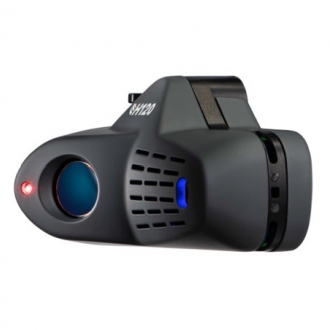 New
NewH120 – High-Resolution Handhel…
-
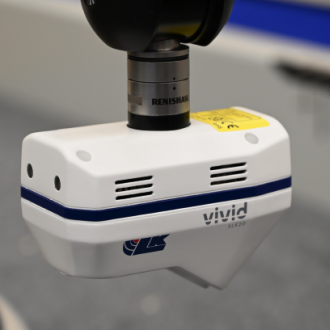 New
NewSLK25 Laser Scanner – High Acc…
-
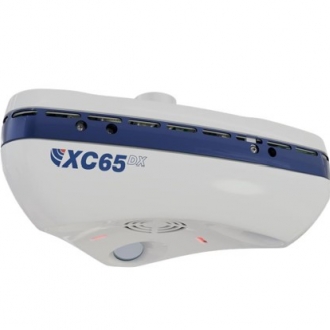 New
NewXC65Dx – Cross Laser Scanner f…
-
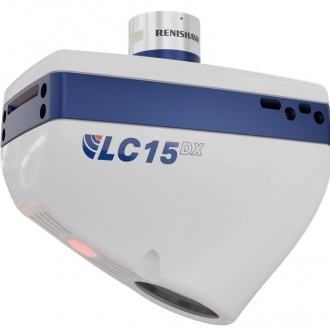 New
NewLC15Dx – The Highest-Accuracy …
-
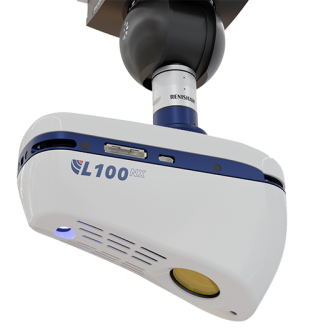 New
NewL100NX CMM Laser Scanner
-
New
Digital Sight DS-100
-
 New
NewFM-LXR
-
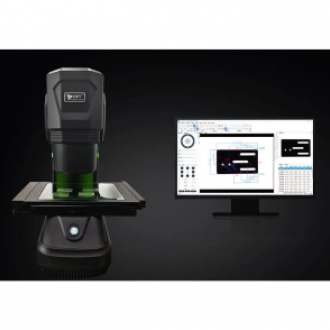 New
NewOPT SmartFlash-3020
-
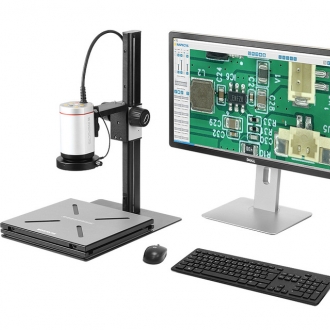 New
NewDigital Microscope Inspectis U…
-
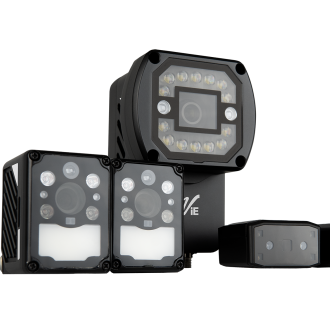 New
NewViTrox Smart Code Reader (XS S…
-
 New
NewViTrox Smart Camera (XC Series…
-
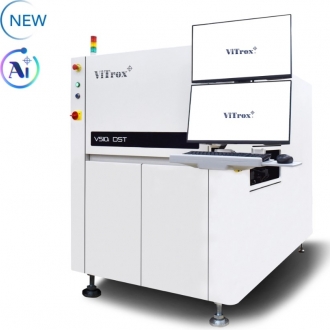 New
NewV510i DST
-
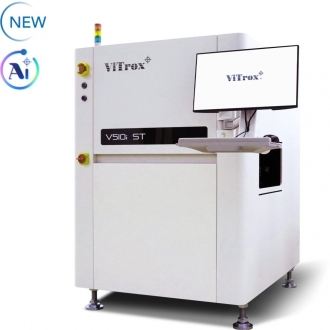 New
NewV510i ST
-
 New
NewPX730i : Die Sorting & Vision …
-
 New
NewWiX AI: Wafer Vision Inspectio…
-
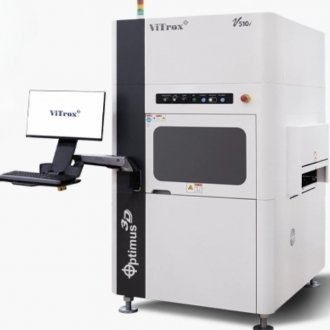 New
NewV510i AOI for Advanced Packagi…
-
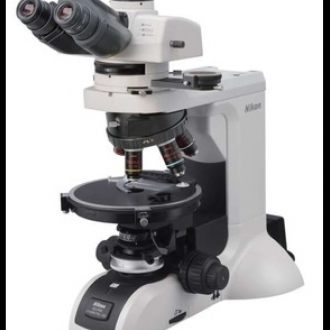 New
NewECLIPSE LV100N POL LED
-
 New
NewLV100NDA LED
-
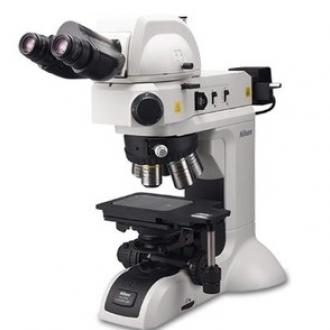 New
NewLV100ND LED
-
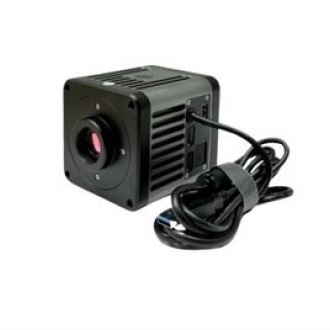 Hot
HotMD830M-C Digital Camera
-
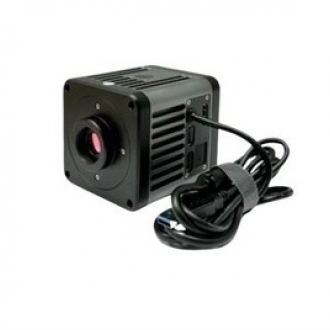 New
NewMD830-C Digital Camera
-
 New
NewMC2000 Digital Camera
-
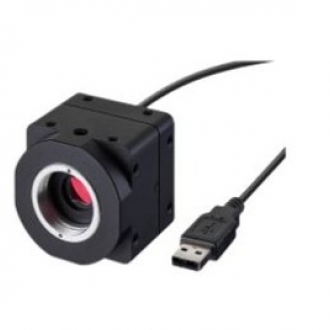 New
NewMC500 Digital Camera
-
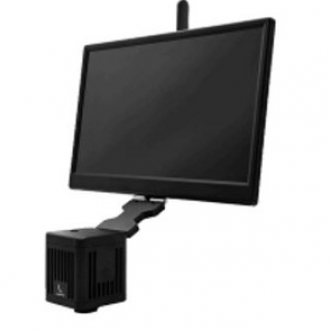 New
NewJX 2000 All-in-one Microscope …
-
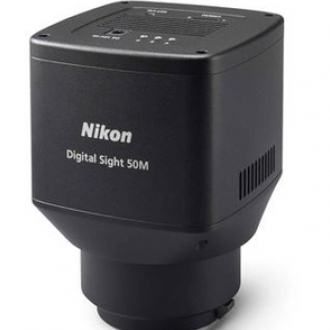 New
NewDigital Sight DS-50M
-
 New
NewDigital Sight DS-10
-
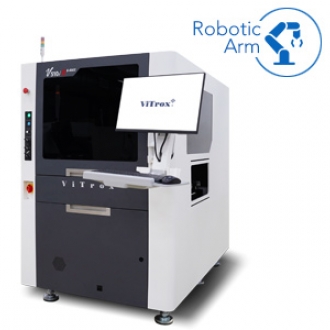 New
NewNew Evolution of Conformal Coa…
-
New
TMS2400 C Micro.View+ Compact
-
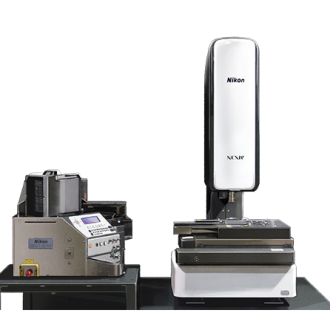 New
NewNEXIV VMZ-NWL200
-
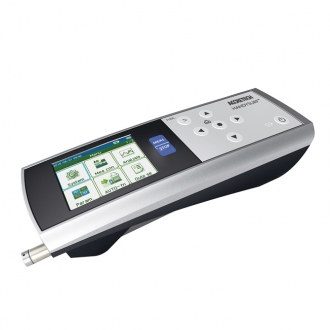
HANDYSURF+
-

3R-JFIBER Movable tip industri…
-

Inspectis U30S
-
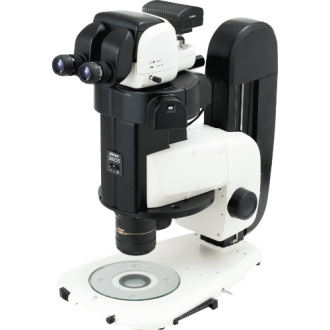 Hot
HotSMZ25 and SMZ18 Stereo zoom mi…
-
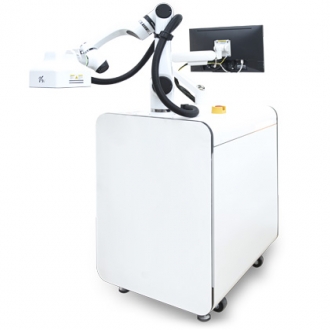 New
NewV9i Final Inspection (FI)
-
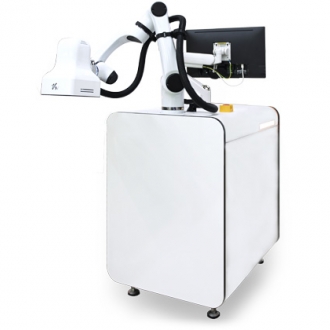 New
NewV9i Coating Inspection (CI)
-
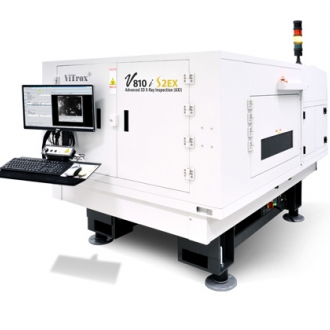
V810i S2EX
-
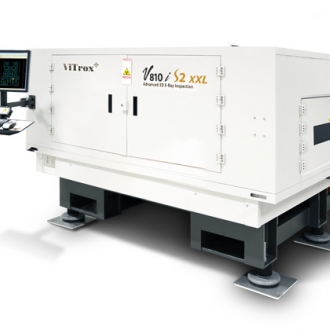
V810i S2 XXL
-
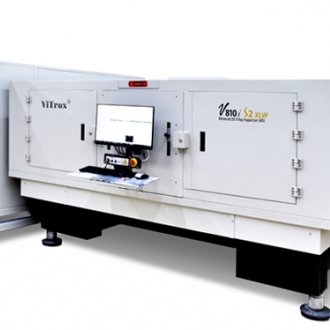
V810i S2 XLW
-
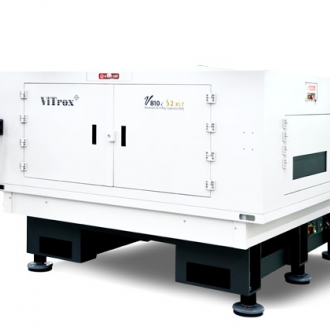
V810i S2 XLT
-
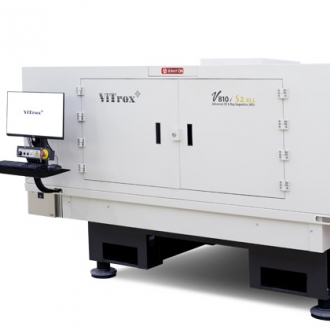
V810i S2 XLL
-
 New
NewV810i S3
-
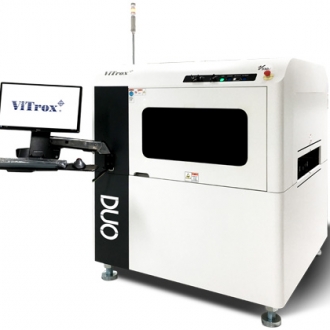
V510i DUO
-
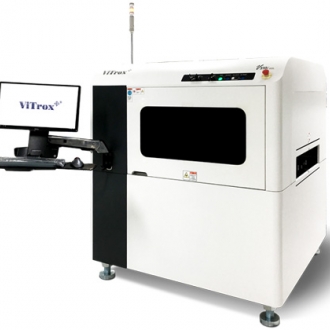
V510i XXL
-

V510i 4.0
-

V510i XLW
-
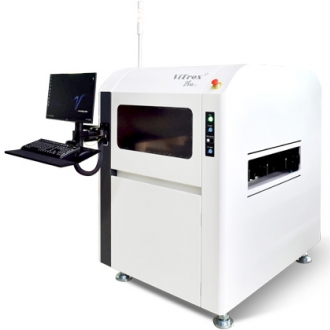
V510i XL
-
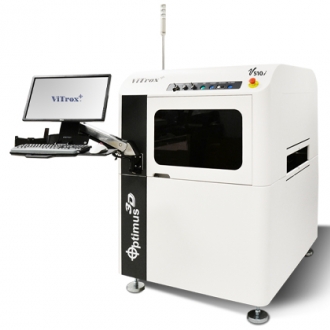
V510i Optimus 3D
-
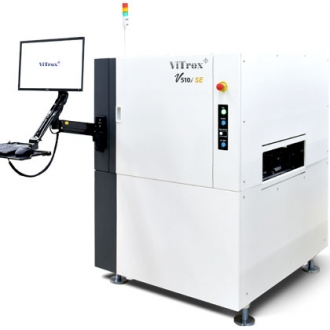 New
NewV510i SE
-
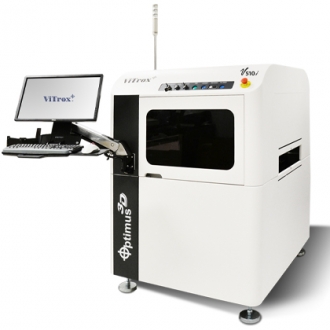 New
NewV510i Optimus 3D (for Advanced…
-
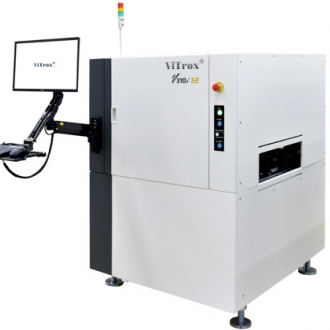
V310i SE
-
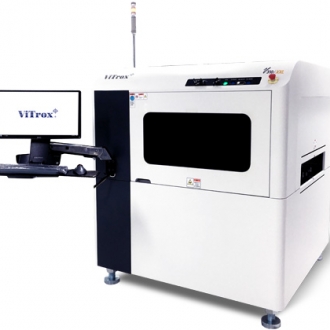
V310i XXL
-
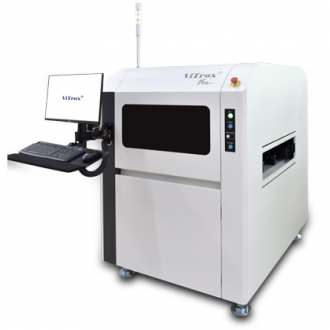
V310i XL
-
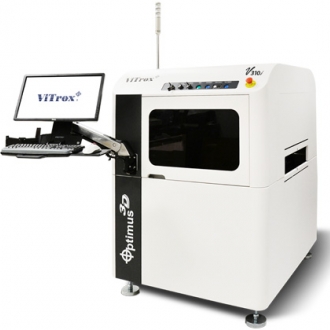
V310i
-
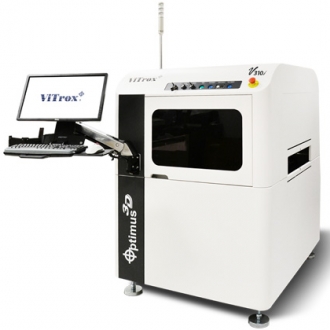 New
NewV310i Optimus (for Advanced Pa…
-
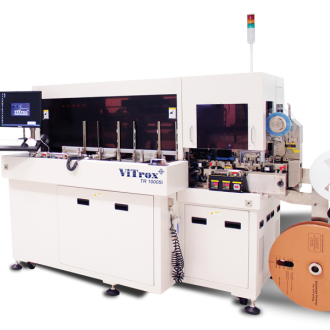 New
NewTR1000Si
-
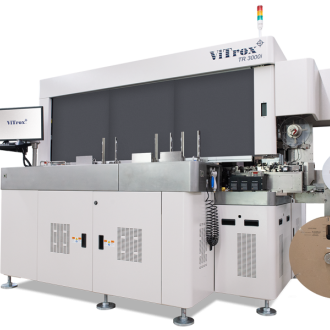 New
NewTR3000i
-
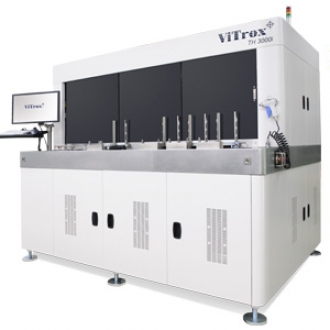 New
NewTH3000i
-
 New
NewVR20 Li
-
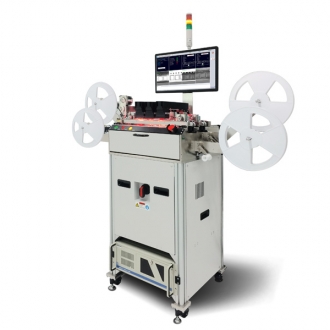 New
NewVR20 i
-
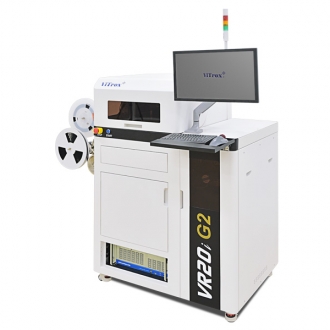 New
NewVR20i G2
-
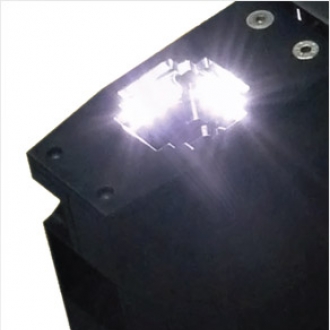 New
NewBottom Carrier Tape Inspection
-
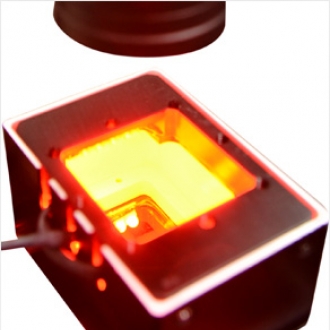 New
NewTape Seal Inspection
-
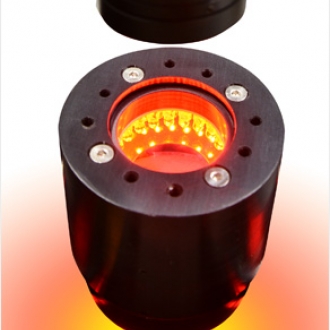 New
NewIn-Pocket Inspection
-
 New
New3D & 5 Sided Inspection
-
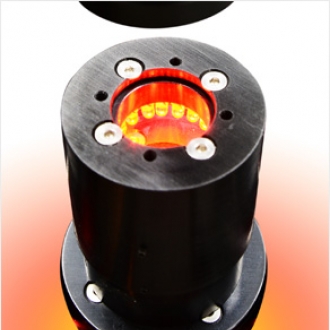 New
NewMark, Lead & Package Inspectio…
-
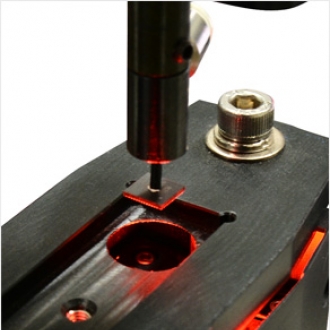 New
NewOrientation Inspection
-
 Hot
HotNEXIV VMZ-S3020
-
 Hot
HotEDF/Stitching Express - Softwa…
-
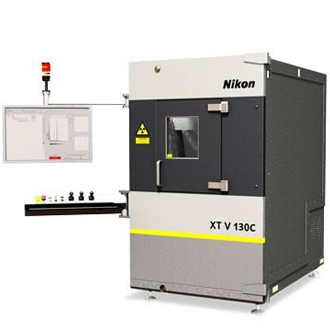 Hot
HotXT V 130C
-
 Hot
HotXT H 225 | Computed Tomography…
-
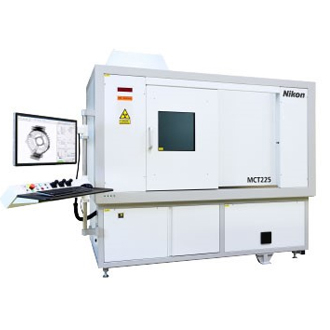
MCT225
-
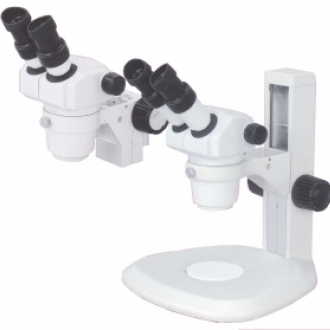
SMZ445 & SMZ460 Stereoscopic Z…
-
 Hot
HotEclipse MA100N
-
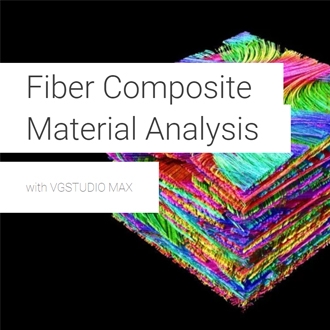
Fiber Composite Material Analy…
-
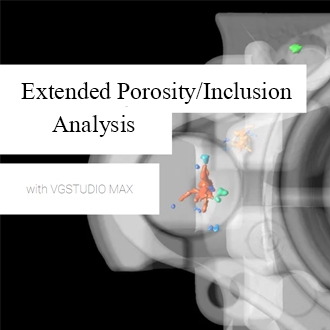
The Extended Porosity/Inclusio…
-
 New
NewTmetric C20 3D camera
-
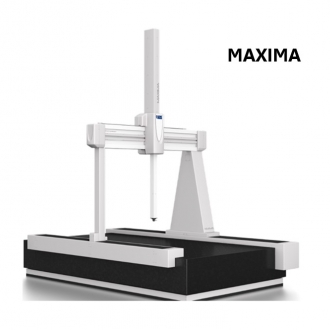
MAXIMA
-
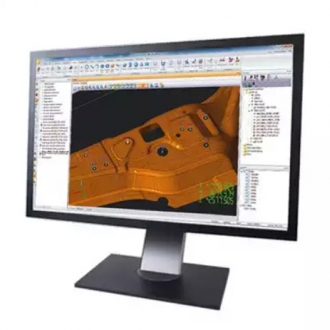
CMM - CAMIO Software
-
 Hot
HotNEXIV VMZ-S4540
-
 Hot
HotNEXIV VMZ-S6555
-
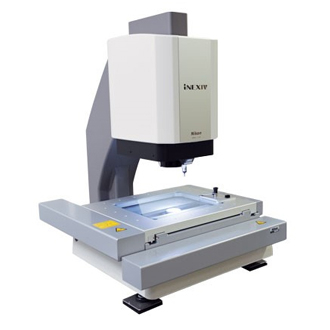 Hot
HotiNEXIV VMA-2520
-
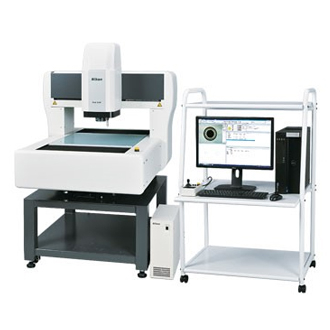 Hot
HotiNEXIV VMA-4540
-
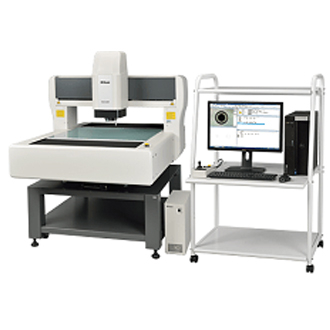 Hot
HotiNEXIV VMA-6555
-
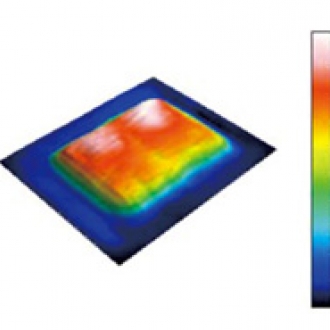 New
NewMountain Map - Software
-
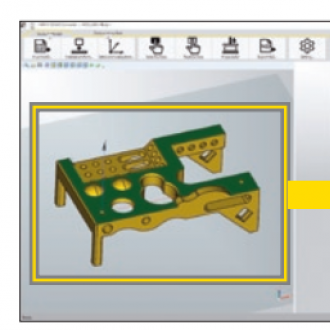 New
New3D CAD Converter - Software
-
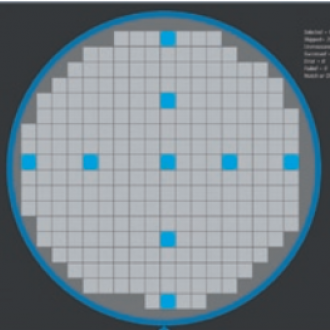 New
NewMapMeasure Pro - Software
-
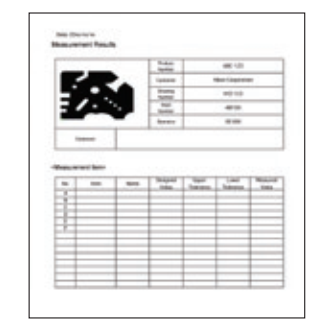 New
NewImageFit QC- Software
-
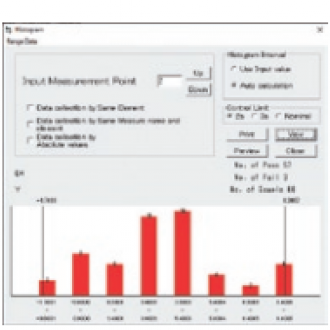
Custom Fit - Software
-
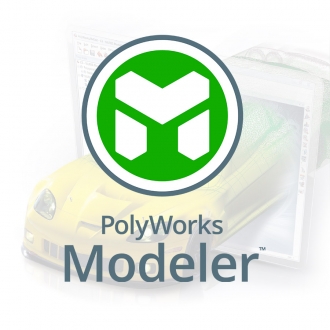
PolyWorks | Modeler
-
 New
NewPolyWorks | ReportLoop
-
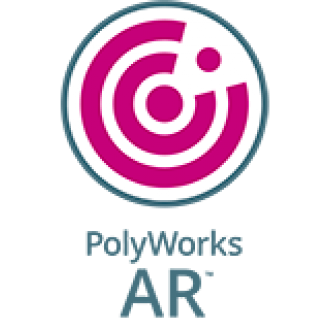
PolyWorks | AR
-
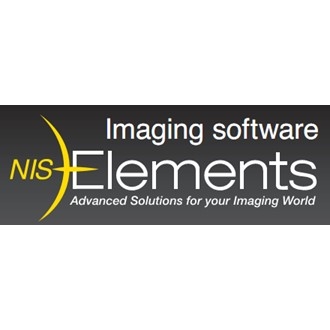 Hot
HotNIS Software
-

BW-Series
-
 Hot
HotMeasuring Microscope (MM-400)
-
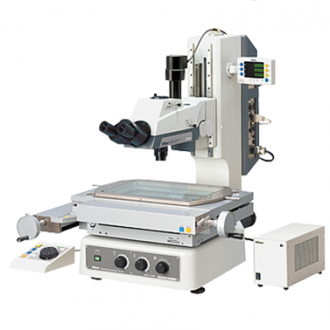 Hot
HotMeasuring Microscope (MM-800)
-
 Hot
HotE-Max software (DS-Type )
-
 New
NewCustom Create
-
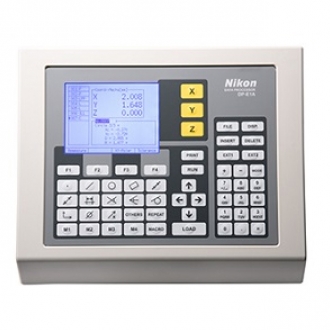
Data Processor (DP-E1A)
-
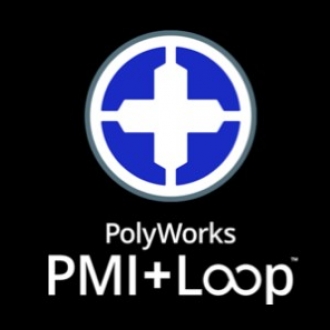 New
NewPolyWorks | PMI+Loop
-

PolyWorks | Talisman
-

PolyWorks | DataLoop
-

The Simple Solution for the Vi…
-
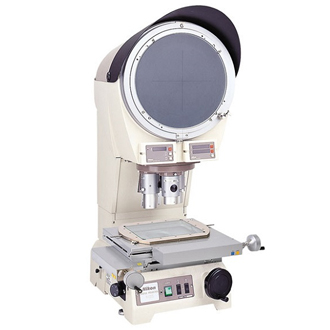
V-12B - 12" vertical optical c…
-
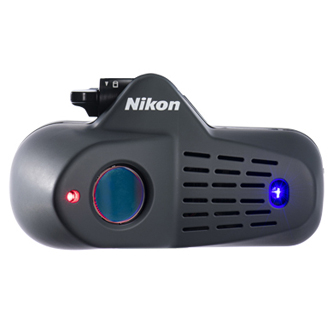 New
NewLaser Scanner ModelMaker H120
-
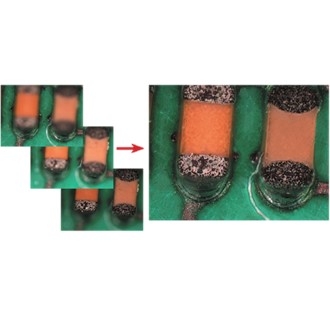 Hot
HotExtended Depth of Focus (EDF) …
-
 Hot
HotTMS 2400
-
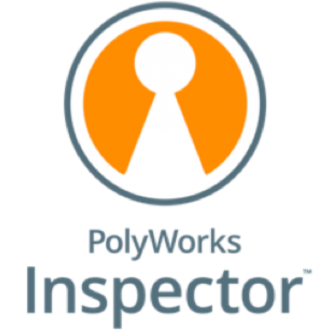 Hot
HotPolyWorks | Inspector
-
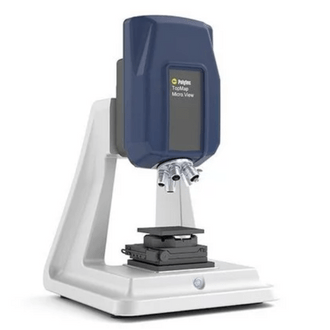 Hot
HotTMS 1400
-
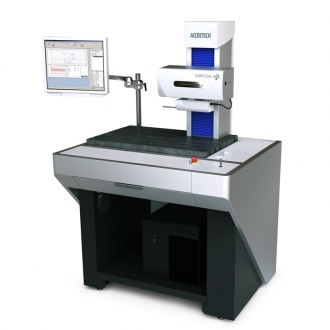 New
NewSURFCOM NEX
-
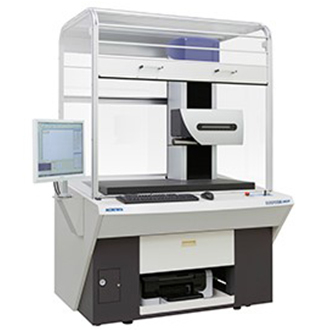
SURFCOM CREST DX/SD
-
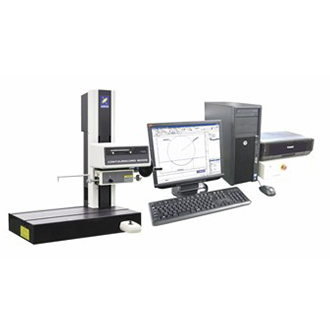
CONTOURECORD 1600G
-
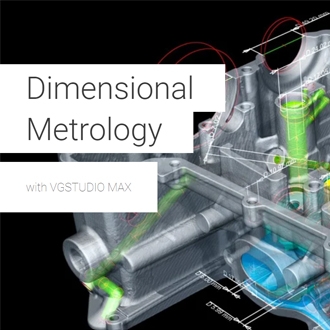
Wall Thickness analysis with V…
-
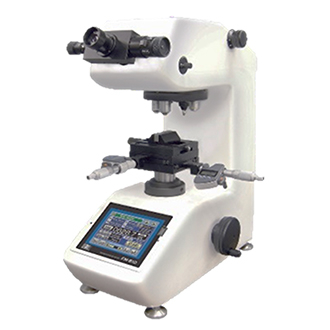
FM Series
-
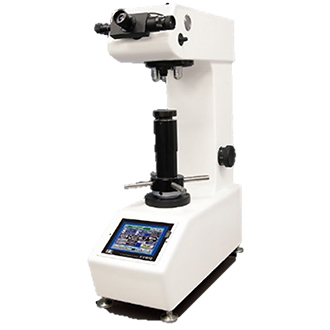
FV Series
-
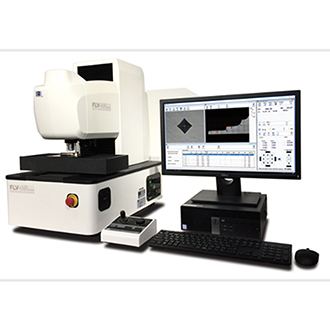
FLV Series
-

FT-ZERO ARS-F SYSTEM
-
 New
NewFR-XA
-
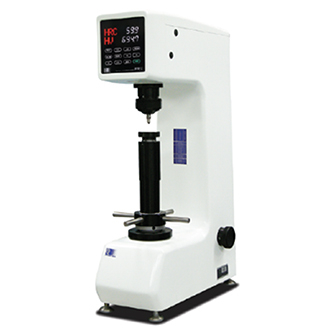
FR-X Series
-
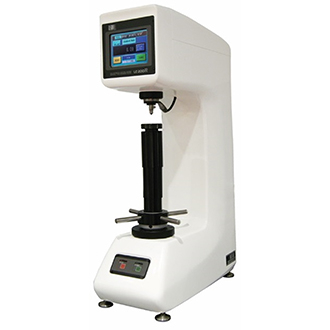
LC-200R Series
-
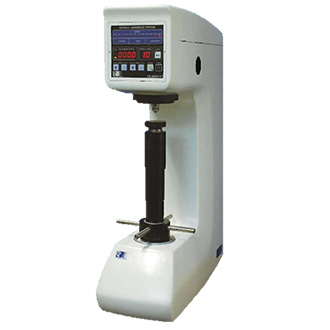
FB-3000LC
-
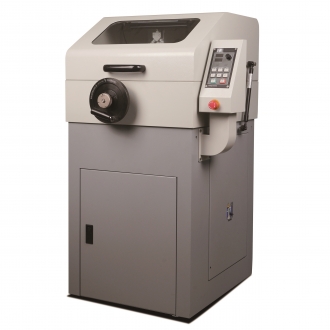 New
NewFTC-AS Series
-
 New
NewFTC-ASL Series
-

FTC-B255FS
-
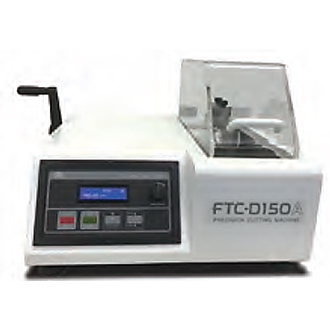
FTC-D150A
-
 New
NewFTM-AX
-
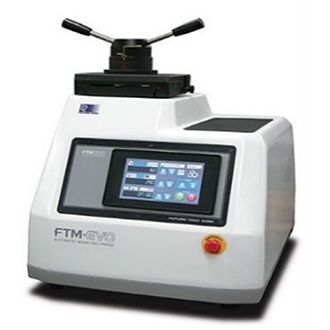
FTM-EVO
-
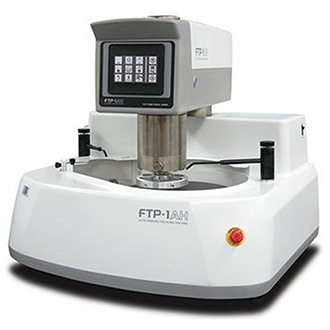
FTP-1AH
-
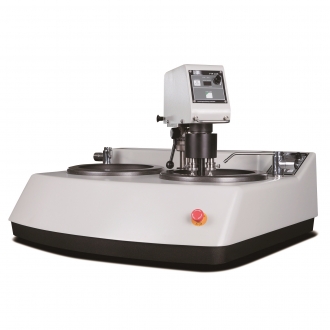 New
NewFTP-AX Series
-
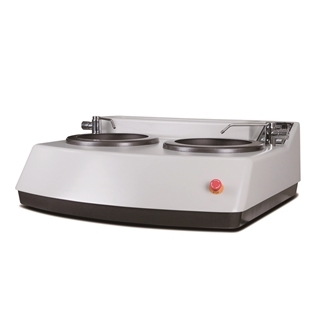 New
NewFTP-MX Series
-
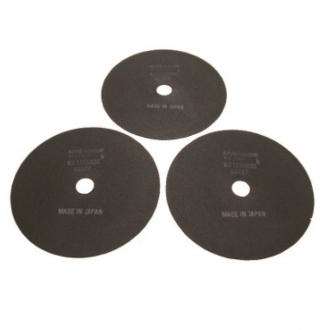
CUTTING WHEEL
-
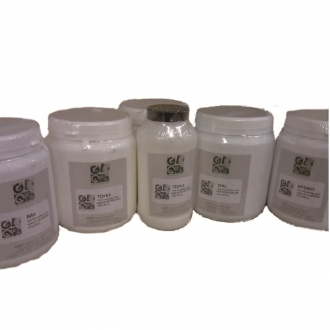
HOT MOUNTING COMPOUNDS
-
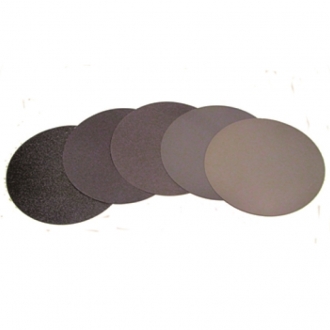
SILICON CABIDE ABRASIVE PAPERS
-
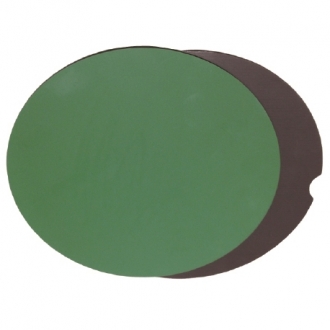
EZ-DISK and MANETIC BASE FOR S…
-
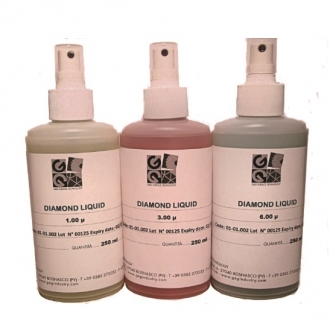
WATER BASE DIAMOND SLURRIES, M…
-
HIGH PURITY ALUMINA (99.9%) an…
-

POLISHING CLOTHS
-
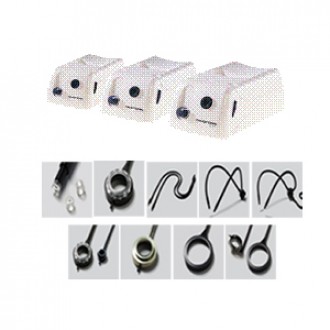
Photonic Fiber Optics Illumina…
-

Loupe
-
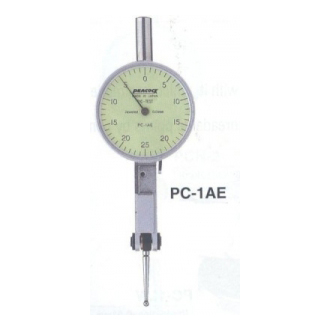
Dial Test Indicators
-
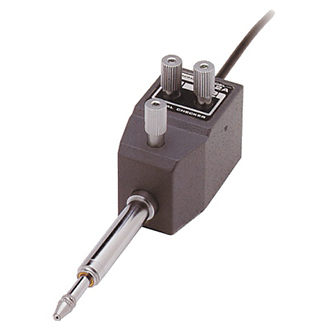
Signal Gauge SC-2A
-
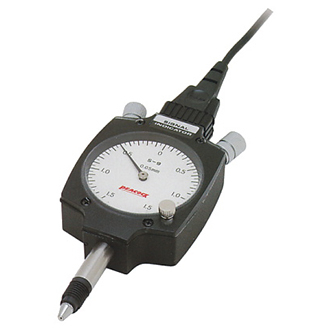
Signal Gauge S-9
-

Signal Gauge S-7
-
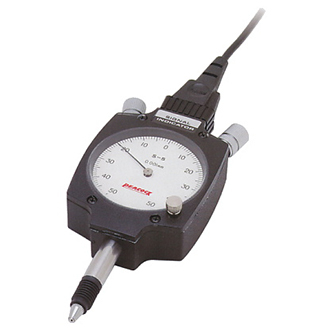
Signal Gauge S-5
-

DIGITAL GAUGES -D/DL type
-
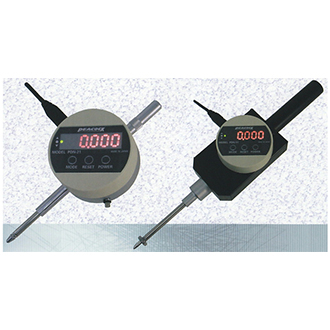
DIGITAL GAUGES -PND Type
-

DIGITAL GAUGES -DG type
-
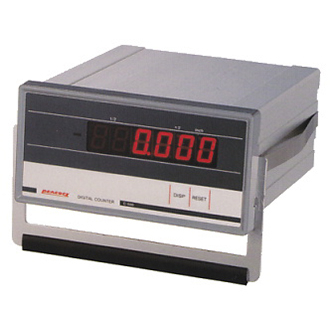
Digital Counters
-

Dial Thickness Gauges
-
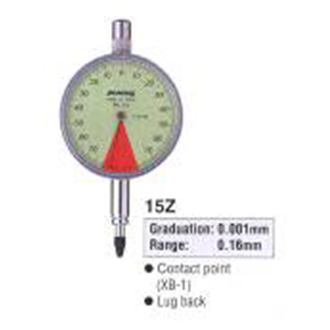
Dial Indicators
-
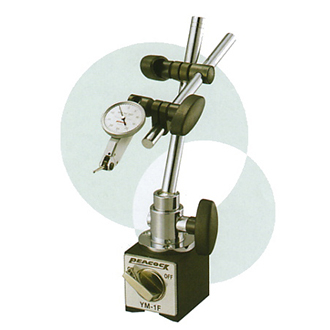
DIAL GAUGE STANDS & MAGNETIC S…
-
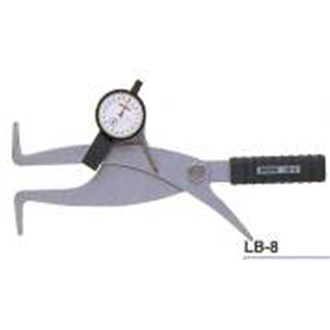
CALIPER GUAGE
-
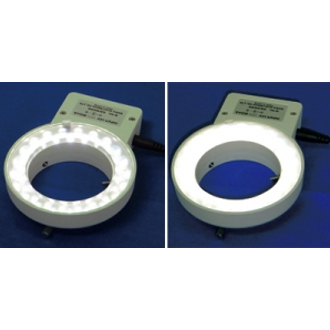
HAYASHI_Korin KDR6142
-
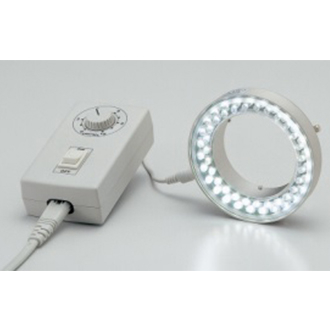
HAYASHI LP-120 + HDR61WJ
-
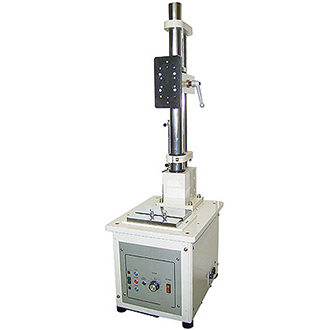
TESTING STAND_M Series
-

TESTING STAND_K Series
-
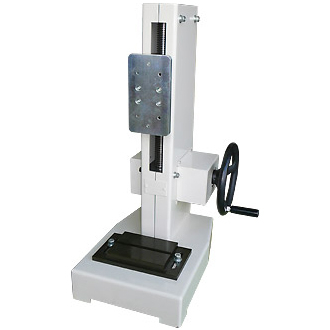
TESTING STAND_KS-504H
-
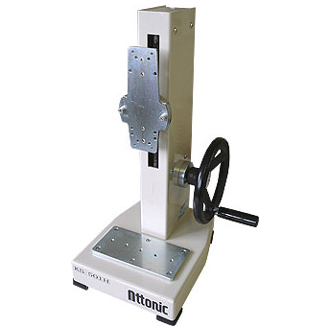
TESTING STAND_KS-501H
-
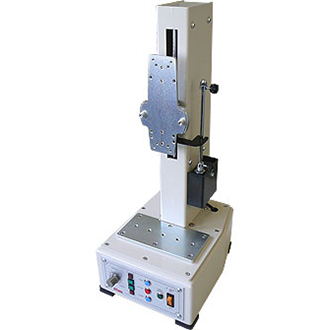
TESTING STAND_KS-501E
-
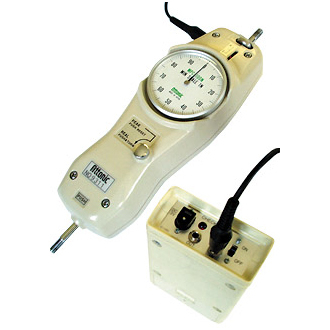
PUSH-PULL GAUGES_MPC series
-
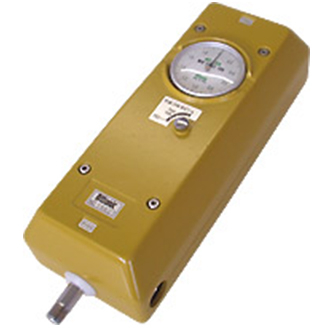
PUSH-PULL GAUGES_MPL series
-
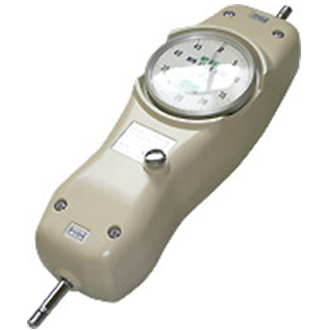
PUSH-PULL GAUGES_MPS series
-

PUSH-PULL GAUGES_MP series
-
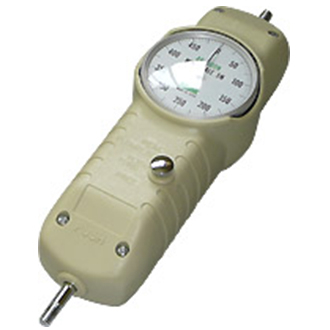
PUSH-PULL GAUGES_AP series
-
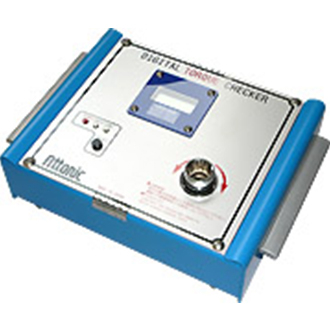
DIGITAL TORUGE CHECKER_DTC SER…
-
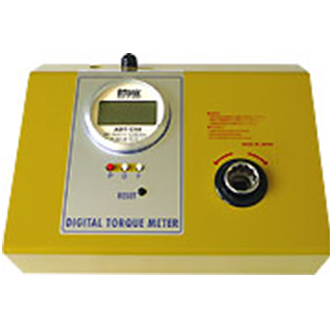
DIGITAL TORUGE CHECKER_ADT-C S…
-
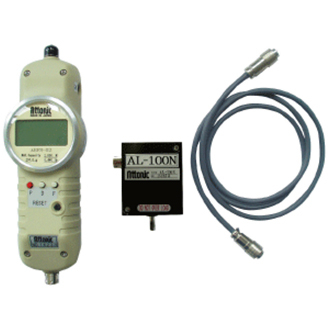
DIGITAL FORCE GUAGES - ARFS SE…
-

DIGITAL FORCE GUAGES - ARF SER…
-
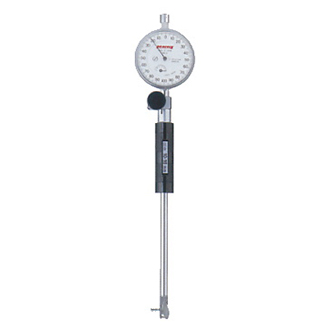
Cylinder Gauges
-
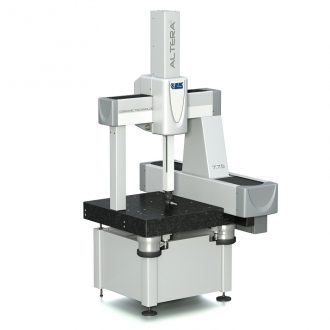 New
NewALTERA C
-
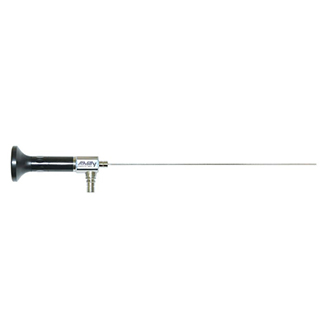 Hot
HotMicrendo Series
-
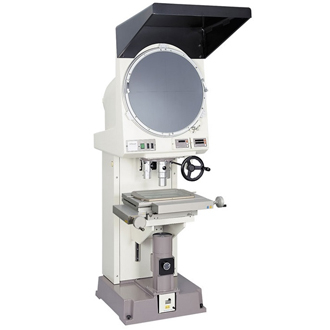
V20B - Large capacity vertical…
-
 Hot
HotFlexiVision 100
-
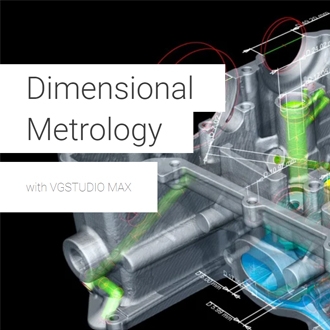
Nominal/Actual Comparison with…
-
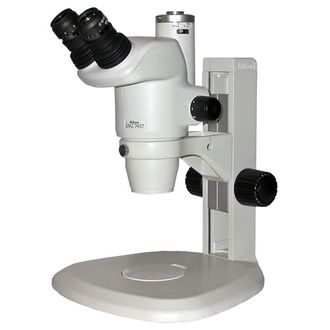
SMZ745 & SMZ745T Stereoscopic …
-
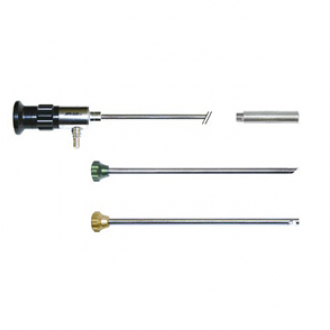 Hot
HotFlexilux Universal Borescope S…
-
 Hot
HotFiberscope Series
-
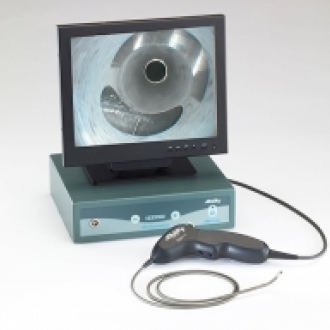 Hot
HotEzyScope
-
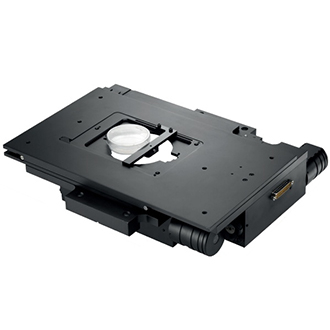 Hot
HotMotorized Stepper Stage For In…
-
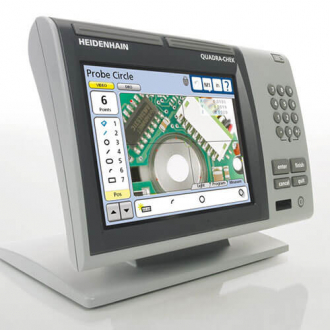
Quadra-Check Series
-
 Hot
HotMotorised Stepper Stage For Up…
-
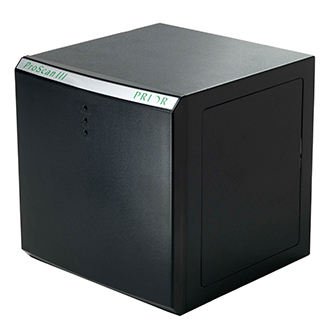 Hot
HotPro Scan lll
-
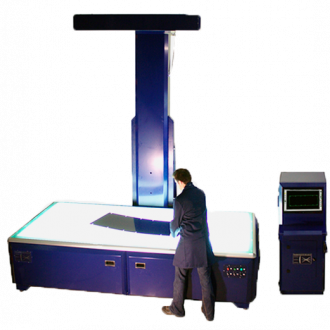
Large Sample Non Contact Profi…
-
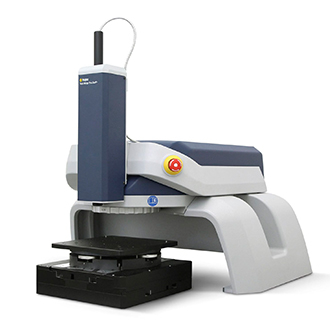 Hot
HotNon Contact Flatness Measureme…
-
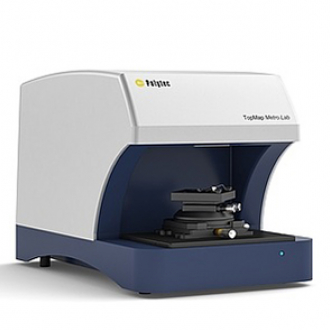 Hot
HotNon Contact Flatness Measureme…
-

RONDCOM NEX Rs α
-

PolyWorks | Reviewer
-
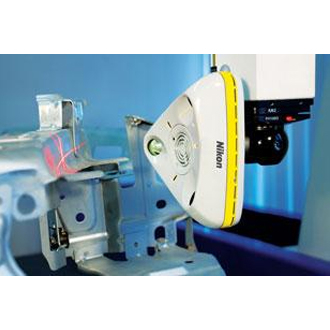
Laser Scanner XC65Dx-LS
-
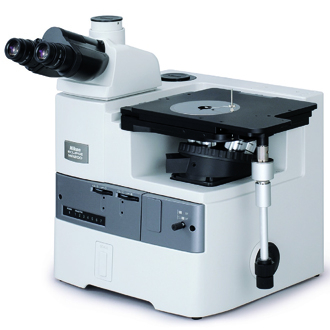 Hot
HotEclipse MA200
-

Laser Scanner LC60Dx
-
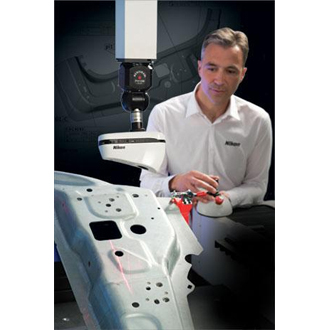
Laser Scanner L100
-

Laser Scanner LC15Dx
-
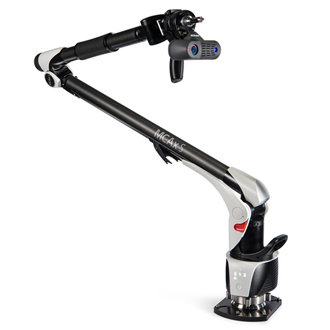 Hot
HotMCAx S
-
 Hot
HotVGStudioMax Software
-
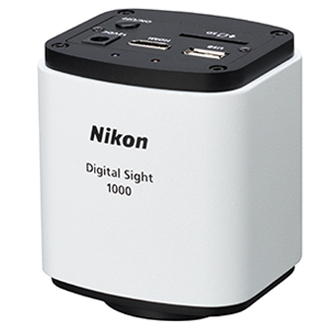 New
NewDigital Sight 1000
-
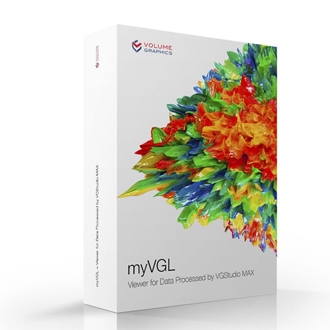
The Free Viewer App for Your 3…
-
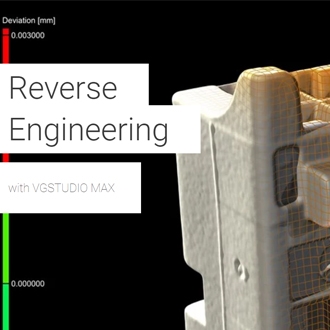
Reverse Engineering with VGStu…
-
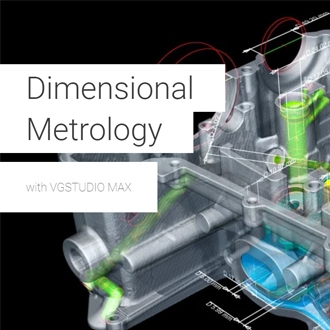
Coordinate Measurement Module …
-
 New
NewNew X-ray CT system with enhan…
-
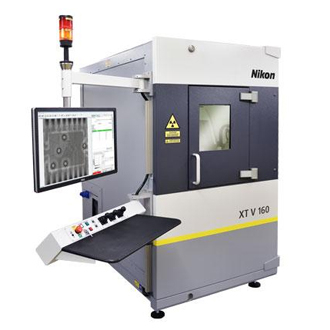 Hot
HotXT V 160
-
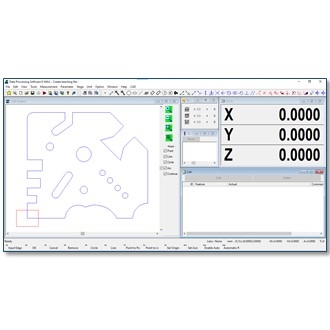 Hot
HotE-MAX D Type
-
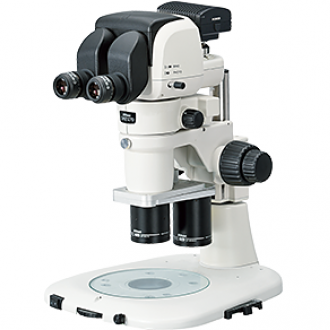 Hot
HotStereo Microscope (Paralell) S…
-
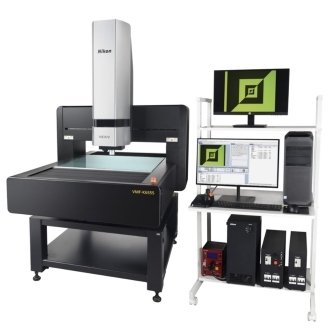 New
NewNEXIV VMF-K6555
-
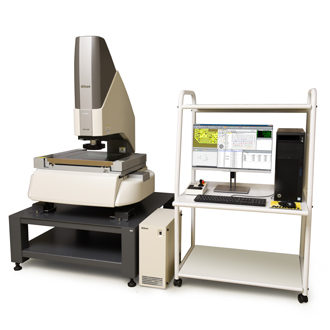
NEXIV VMZ-H3030
-
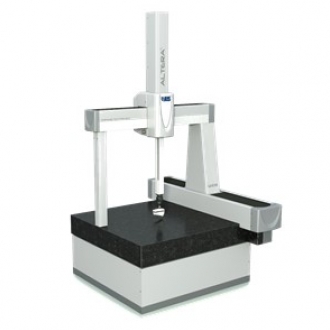 Hot
HotALTERA S
-
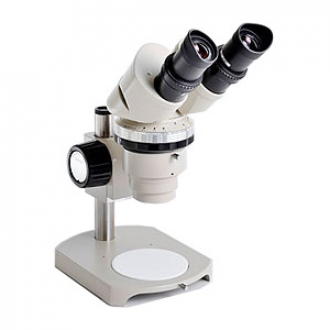
SMZ-2 Stereoscopic Zoom Micros…
-
 Hot
HotPorosity/Inclusion Analysis wi…
-
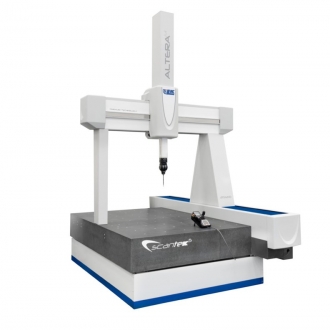
SCANTEK5
-
 Hot
HotData processor (DP-E1A)
-

APDIS MV4x0 Laser Radar
-
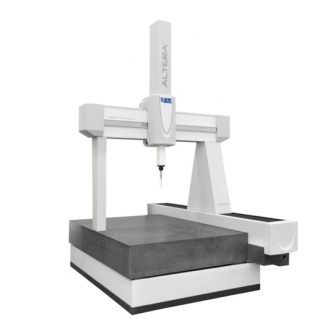 Hot
HotALTERA M
-
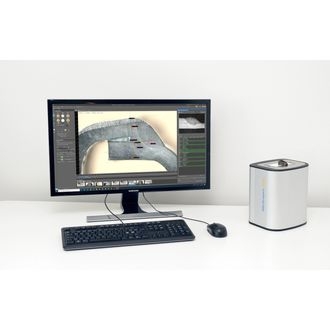 New
NewWELDinspect 4K
-
 New
NewBGA Inspection System
-
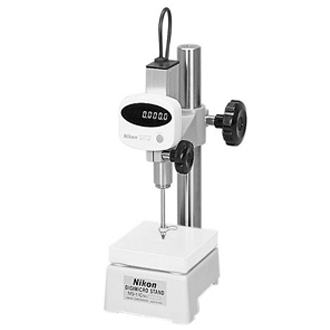
Digimicro MF-501
-
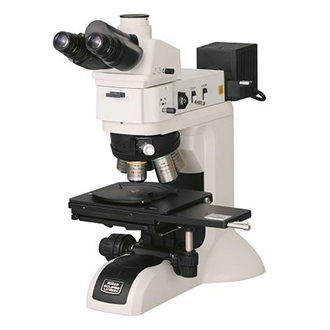 Hot
HotEclipse LV150N
-
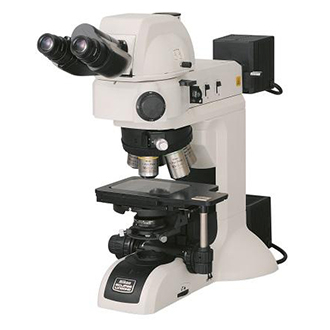
Eclipse LV100ND
-
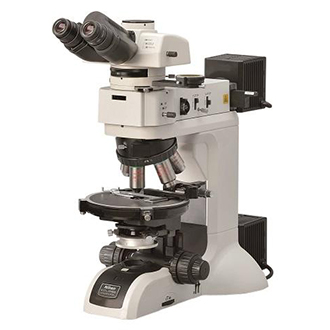
Eclipse LV100N POL
-
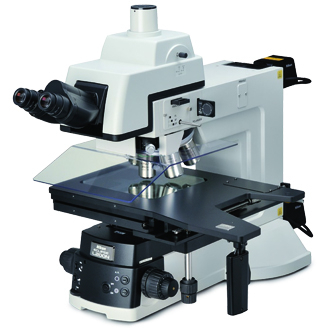
Eclipse L200N Series
-
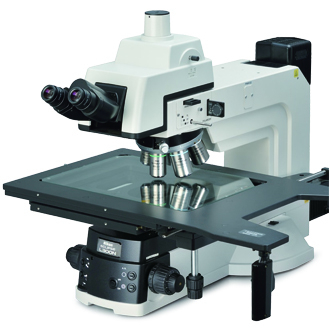
Eclipse L300N Series
-
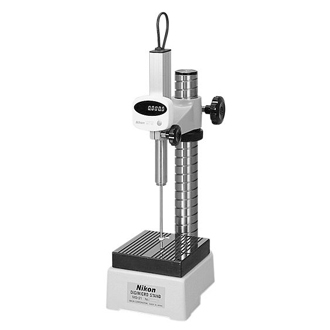
Digimicro MF-1001
-
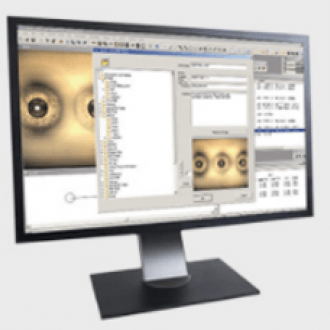 Hot
HotNEXIV AutoMeasure Software
-
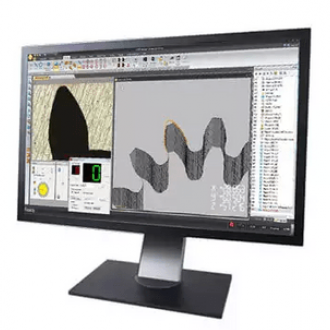 New
NewCMM-Manager for iNEXIV Softwar…
-
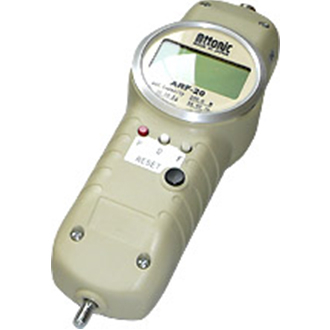
DIGITAL FORCE GUAGES - ARF ser…
-
 New
NewNEXIV Remote Control SDK
-
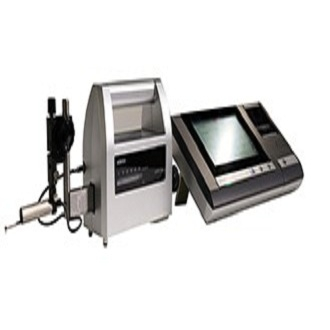
TOUCH50
-
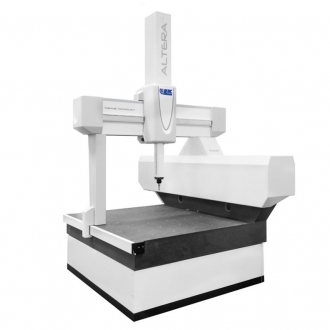
ALTERA SL
-
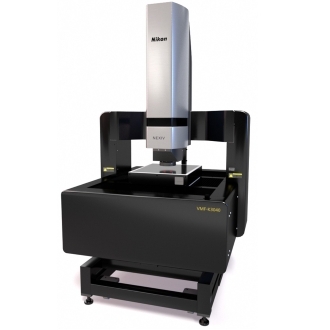 New
NewNEXIV VMF-K3020




